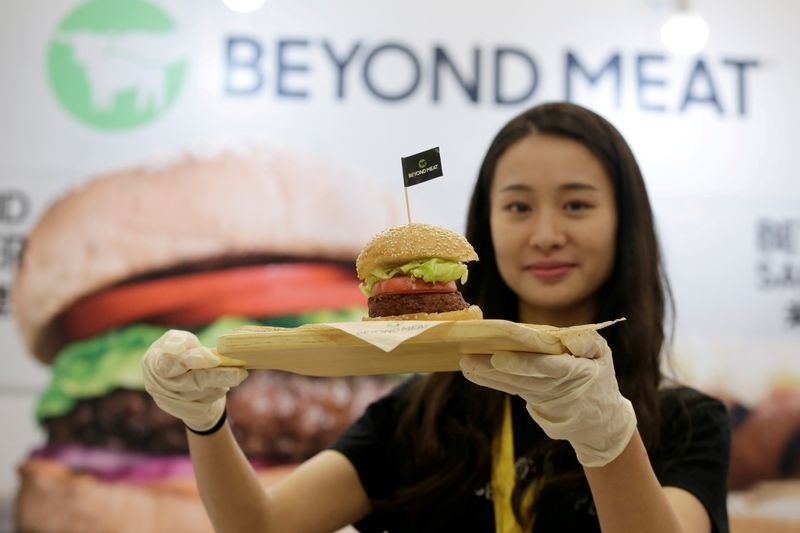MUMBAI : The Monetary Policy Committee (MPC), as widely expected, maintained status quo on policy actions, voting unanimously to hold the repo rate at 6.5%. The stance remained “focused on withdrawal of accommodation”, with one dissent.
On liquidity management, the instrumentality of the 10% incremental cash reserve ratio (CRR) was a bit of a surprise. Some measure to reduce the durable system liquidity had been expected, which, post the return of the large denomination currency notes, had tended to exceed the threshold of “neutral” liquidity, which in the past had been estimated at 1-1.5% of bank deposits (net demand and time liabilities). This measure, which will be reviewed on 8 September, is expected to extract about ₹1 trillion for the duration of the measure remaining in force. This measure is similar to the 100% incremental CRR introduced from the fortnight of 26 November 2016 (post-demonetization) and which remained in place till the fortnight beginning the 10 of December 2016, a relatively short period.
Keenly awaited from this review was the language and syntax of the statement, in terms of implicit forward guidance for signals of MPC’s thinking on the future trajectory of policy. On balance, financial conditions have eased over the past month. With ample system liquidity, overnight and money market rates had moved closer to the standing deposit facility (SDF) rate, below the policy repo rate. Any softening of language would have hindered anchoring inflation expectations.
The hawkish tone has, in fact, hardened relative to the two previous reviews. The statement reiterated MPC’s commitment to closely monitor the evolving price dynamics and inflation outlook, while remaining watchful and proactive in dealing with emerging risks to price and financial stability. Added in this review, however, was price developments warranting a “heightened vigil” on inflation, reinforcing MPC’s continuing resolve to “align Consumer Price Index (CPI) inflation to the 4% target on a durable basis”.
In addition, while MPC chose to “look through” the idiosyncratic shocks from vegetable prices, the Reserve Bank of India (RBI) governor emphasized that if “such idiosyncrasies showed signs of persistence [MPC] would have to act”.
RBI’s economic forecasts are also crucial components of forward guidance. With concerns regarding food inflation, the more important one was CPI inflation. This was revised up from the earlier 5.1% to 5.4%, with a sharp upward revision in the second quarter to 6.2%. While tomatoes are likely to remain the primary source of the expected upward tick for the July print, higher food inflation seems to have diffused to a larger basket, which is likely to keep the higher levels a bit more persistent over the next few months. Core (non-food and fuel) inflation, moreover, has remained sticky and our current forecast for FY24 is 5% and, hence, might elongate the horizon for headline inflation to “durably align with the target”.
One of the reasons why the core CPI inflation has remained stubbornly high is resilience in India’s growth and aggregate demand. Despite a slowdown in India’s exports due to the slowing global economy, high-frequency indicators suggest that domestic demand has not materially weakened.
The RBI growth forecast for FY24 was retained at 6.5%. Of particular relevance to persistent core inflation is manufacturing capacity utilization rising to 76.3%, up from 74.3% in February, and higher than the 73.7% long-term average. Read together with signs of continuing pricing power in several sectors, this might result in transmission to end consumer prices. Rural incomes are also expected to improve due to the mostly normal rains.
The discourse has now shifted to the future trajectory of monetary policy, both globally and in India. While inflation is trending lower in the developed counties, the large global central banks are expected to keep rates “higher for longer”. The present narrow gap between the repo and the Fed Funds Rate will make it even more difficult for MPC to cut the repo rate in the near future. Domestic economic conditions, as noted above, actually do not warrant policy easing. With inflation now forecast at 5.4%, the real (inflation adjusted) repo rate will become less restrictive.
The most likely outcome in future MPC reviews is a continuing hawkish hold, longer than previously anticipated, probably well into FY25.
Saugata Bhattacharya is executive vice-president at Axis Bank. Views are personal.
Download The Mint News App to get Daily Market Updates.
More
Less
Updated: 10 Aug 2023, 11:50 PM IST















